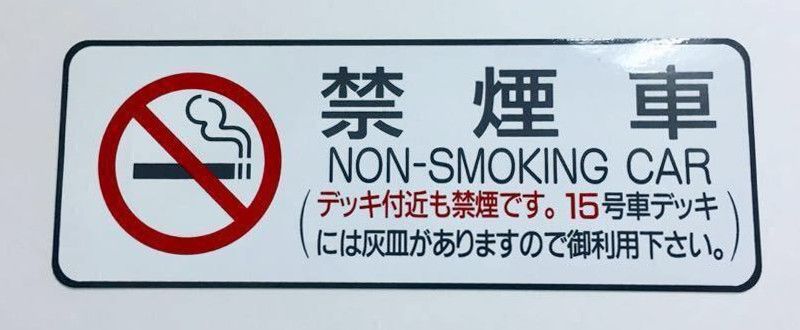Many people who visit Japan are unfamiliar with transportation by train. Most foreign travelers are not fluent in the Japanese language. These two factors can make navigating a busy train station seem an intimidating task.
Most signs in areas frequented by tourists are written in both English and Japanese. However, knowing a few simple words and phrases can help your trip run smoothly. It is also helpful to recognize the kanji, or characters used to write these words in the Japanese language. When you take along your Japan Rail Pass and the following vocabulary, you’ll be ready for the adventure of a lifetime.
Table of Contents
Words for Seating
Many trains, such as the shinkansen, offer different types of seating, called seki. The following phrases will help you know which car to take.
- 自由席 (JIYŪ SEKI) – Non-Reserved Seating. When using your Japan Rail Pass, you can utilize non-reserved seating without making a prior reservation. The jiyū seki cars are typically either the first three or last three cars of the train.
- 指定席 (SHITEI SEKI) – Reserved Seating. These seats require a specific reservation. A conductor will check the tickets of those aboard to ensure they are using the correct car.
- 優先座席 (YŪSEN ZASEKI) – Priority Seating. This type of seating is akin to “handicap accessible” seating in western lands. Priority seating is reserved for people who may have trouble standing, such as the elderly, pregnant mothers, and those with physical disabilities.
Did you know…
JR Pass holders are entitled make a seat reservation on all Japan Railways trains free of charge?

Smoking and Non-Smoking
If you smoke cigars or cigarettes, or if you use electronic cigarettes, you may desire to find designated smoking areas. Alternatively, if you don’t smoke, you may wish to avoid these areas. In either case, the following signs and phrases will get you where you need to go.
- 喫煙 (KITSU-EN) – Smoking Section. Long-distance trains may have designated smoking cars, or smoking areas separated from the rest of the seating.
- 禁煙 (KIN-EN) – Non-Smoking Section. These signs often have the recognizable “international prohibition sign” of a red circle with a line across it. You’ll be a considerate traveler when you avoid smoking in these areas.

Types of Trains
Japanese railways utilize a number of different types of trains. You will want to use the following phrases to find the correct train for your trip.
- 普通列車 (kakueki-teisha or futsu-densha) – Local Train. This type of train does not travel far, and is used by local commuters. However, taking a local train might be necessary to get to some destinations.
- 急行 (tokubetsu kyūkō or tokkyū) – Express Train. Special or limited express trains are faster because they make less stops than trains on similar routes.
- 新幹線 (SHINKANSEN) – Shinkansen. The shinkansen bullet train is fast and great for long-distance travel.

Coming and Going
When seeking the entrance or exit to the train car or train station, look for the square symbol (口) that literally means “mouth” as well as “door.” Also look for entrance and exit signs on buses. Some require your to board on the front and exit at the back; for others, it is the opposite.
- 入口 (Iriguchi) – Entrance. This sign designates where to enter the building or board the bus or train.
- 出口 (Deguchi) – Exit. This sign designates where to depart.

Ticketing
Tickets are essential to train travel. Likely, you will use a JR Pass, thus avoiding standard ticketing for most train rides. However, some trains require additional fares or are not covered under the JR Pass. Use the following words when purchasing or redeeming tickets.
- 窓口 (Madoguchi) – Service Window. Visit the service window to purchase tickets, reload prepaid cards, ask directions, or acquire any other needed assistance.
- 切符 (KIPPU) – Ticket. Tickets may be purchased at a service window or at convenient ticket vending machines.
- 改札 (KAISATSU) – Ticket Gate. Many ticket gates are automated, and read transit cards, such as IC cards, without physical contact.

If you do get on the incorrect train or purchase the wrong ticket, don’t get discouraged. This even happens to locals from time to time. Instead, ask for help and keep practicing. You will soon be navigating Japan’s railway stations like a pro!
